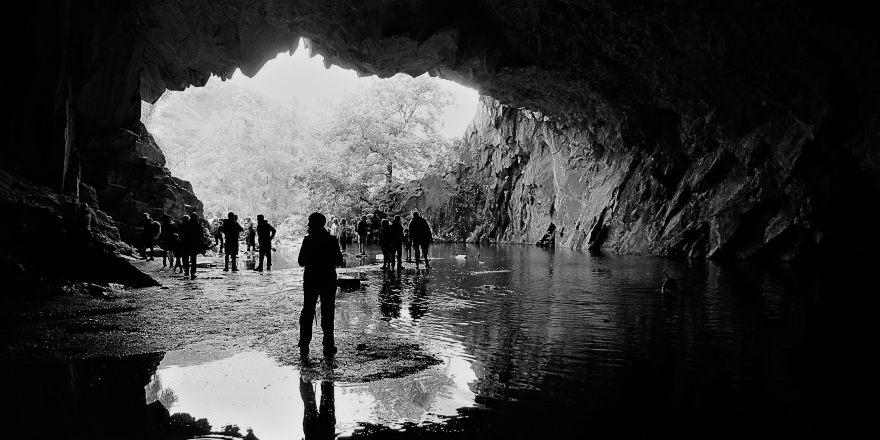
I recently had the honour of speaking at an international celebration of the early twentieth-century Bengali poet Jibanananda Das, organised by the Saudha Society of Poetry and Indian Music. Little known in his lifetime, Jibanananda’s significance in introducing Modernism into Bengali poetry has subsequently been recognised, though he’s still not widely known beyond his own country.
While such an introduction may suggest the rarefied air of specialised scholarship, thinking about Jibanananda – a poet from a different culture and a different era, whose work I only know in translation – prompted me to think anew about one of those questions which haunts me as a poet, an academic and a human being: what does poetry actually do?
I’m acutely aware that translated poetry is not a direct representation of the original. Indeed, I think of translation as like shouting a poem into a vast cave, with all its competing echoes, some sharply distinct and others misheard, with the listener making what they can of their idea of the whole. This new whole, though most likely formed around the loudest, clearest images, takes shape in a mind formed in what are often very different circumstances to those in which the original was written.
This is how I read Jibanananda, sitting with a book at the mouth of a cave that stretches back five thousand miles and more than seventy years. And the voice that echoes from that distance speaks, yes, of the travails of an individual poet in unique and frequently difficult circumstances; but, more than this, it speaks of the world I inhabit, in the north of England, on this day in early 2021. To take one short example, in the poem translated as ‘Near and Far’, it speaks of the transitory nature of human life set against the persistence of the natural world. More specifically, the message which forms with all of the concise energy and intensity that only poetry can express, speaks of our world now; how after five or seven million years we’re still more foe than friend to ourselves; and how, around our fleeting existence which seems to us to be so important, nature will thrive, oblivious to our vain strivings and ambitions.
There’s an obvious ecopolitical reading of this which encompasses mankind’s hubris and the damage we’ve done to our environment, which counterbalance even our proudest achievements. There is also the knowledge that although we may destroy many species of flora and fauna, including ourselves, in our absence the planet will renew itself in some form without our interference. But there’s something more than that: something that speaks more precisely to our particular historical moment.
In an article in The New Yorker on poetry in times of crisis, Clare Bucknell writes of the importance of poetry anthologies to record “the historical moment seen long-sightedly.” Countless anthologies have already been published during the current pandemic and there will no doubt be many more. Considering the current crisis, Bucknell notes that:
pandemics are disconcerting because they reveal that people are not only more similar than they like to think but, in some essential ways, identical – made up of the same cells, the same weaknesses.
I believe that Near and Far could easily have been written today for such an anthology. Because what survives the vagaries of translation in his work is that core humanity: “the same cells, the same weaknesses.” The past year’s seen us thrown into ongoing periods of uncertainty, loss, lockdown and disruption, not only to our future plans but also to our sense of our present selves and our immediate relationships, communities and environments.
The poem shows us “the historical moment seen long-sightedly”: during the pandemic, the air’s been clearer, we’ve heard more birdsong, and wild animals have strayed further into our cities. It doesn’t offer the certainties and consolations of religion, but there’s a kind of spirituality which informs his perspective, presented as observation rather than doctrine. And through translation, whatever may be lost to the echoes, this is something that resonates profoundly with me as I sit in the mouth of that figurative cave, which is actually a small room in north Yorkshire, in the third UK lockdown, writing to diverse individuals from who-knows-where, who yet share “the same cells, the same weaknesses” and, lest we forget, the same poetry which can connect us all.